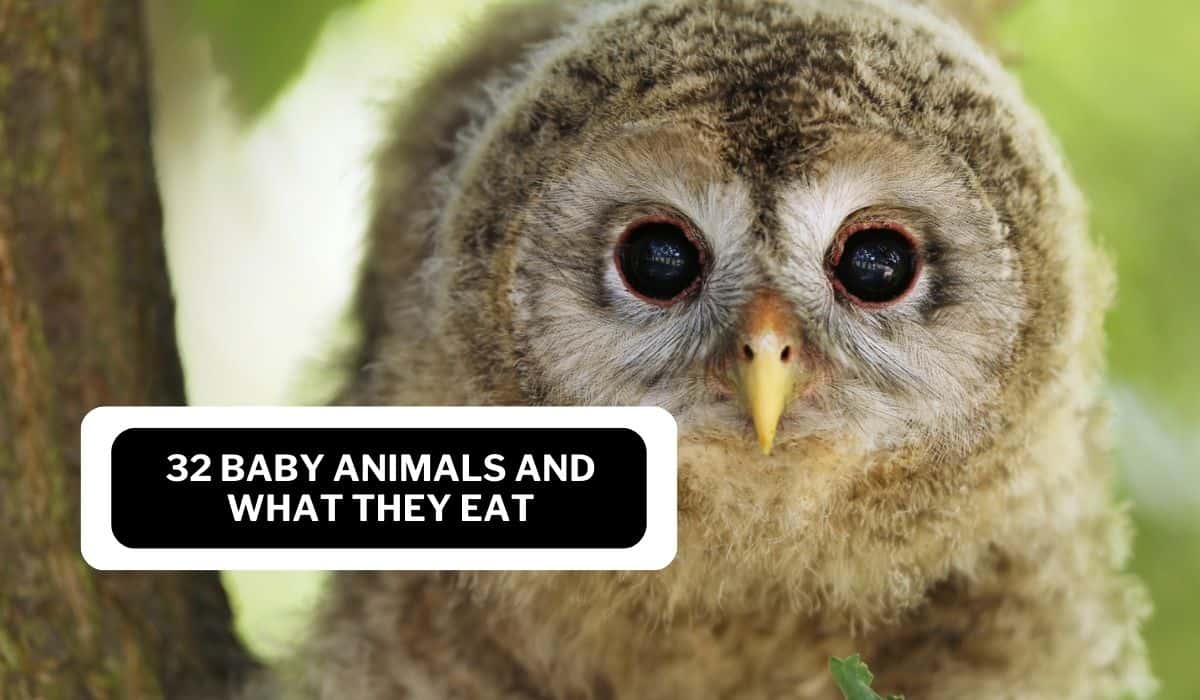Babies of all species have a different kind of diet from their adult counterparts to make sure they develop into strong and healthy beings. Other than being super interesting, they’re also adorable to look at, which is why we’ve compiled a list of 32 baby animals and what they eat as they start their lives.
#1 Kangaroo Joey
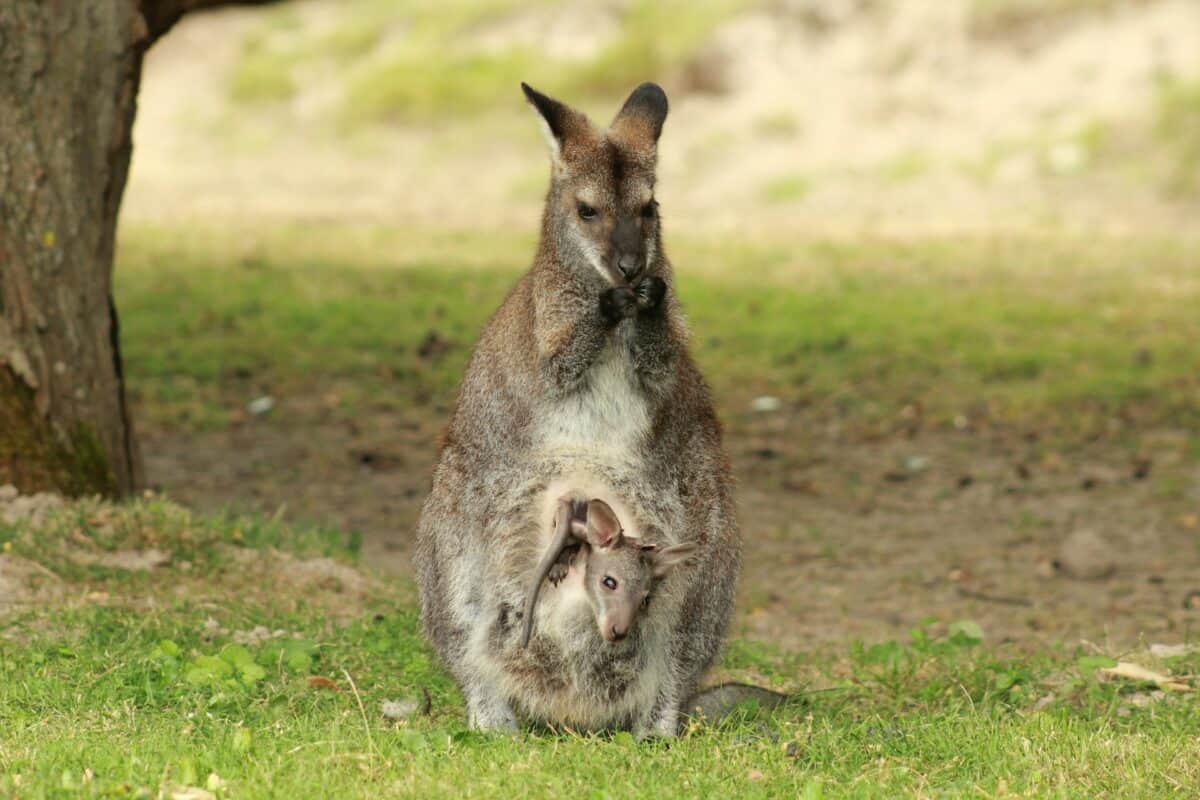
In the cozy confines of its mother’s pouch, a kangaroo joey feeds exclusively on her milk. This diet is rich in the nutrients needed for growth. As the joey grows up and becomes a kangaroo, it begins to venture out, gradually transitioning to a diet of grass and leaves.
#2 Elephant Calf
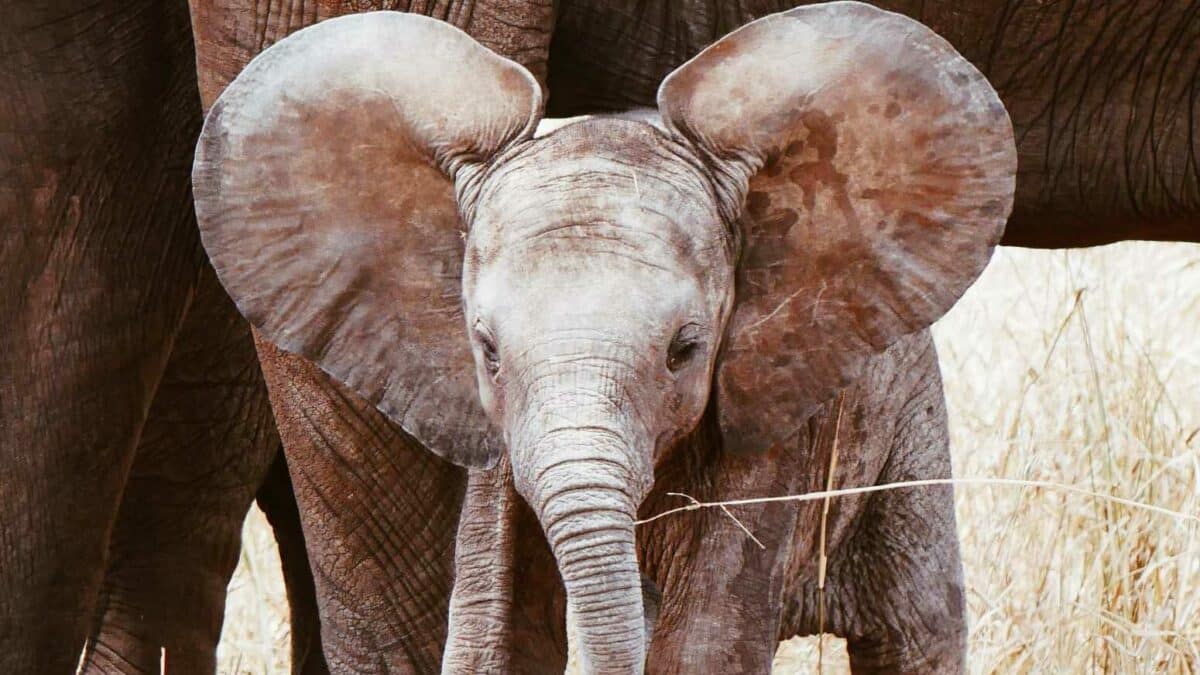
The elephant calf embarks on life with a sole reliance on its mother’s milk. This rich source of nutrition supports its rapid growth in the initial months.
Around the age of 6 months, calves start to explore and taste vegetation. Still, their mama’s milk remains their primary food source for several years.
#3 Panda Cub
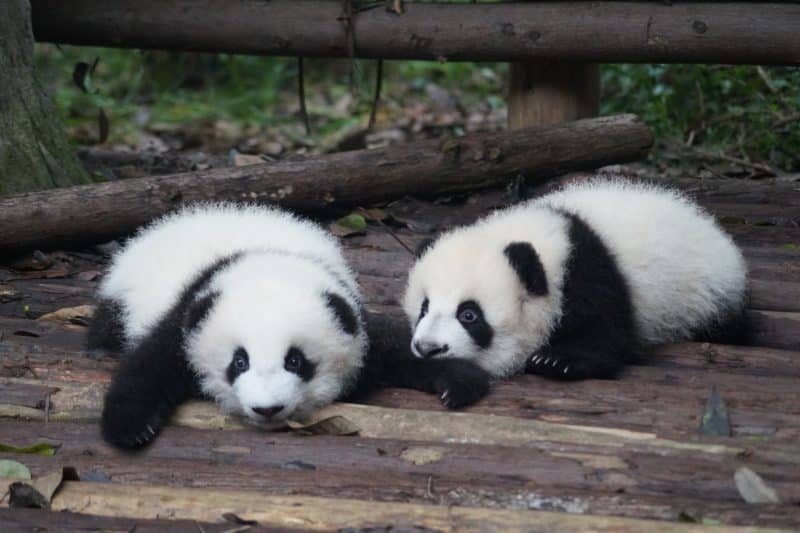
Born blind and extremely dependent, the panda cub is nursed on its mother’s milk for the first year of its life. As pandas are primarily bamboo eaters, the cub transitions to bamboo shoots and leaves. From time to time they’ll also snack on a small variety of fruits as it grows.
#4 Giraffe Calf
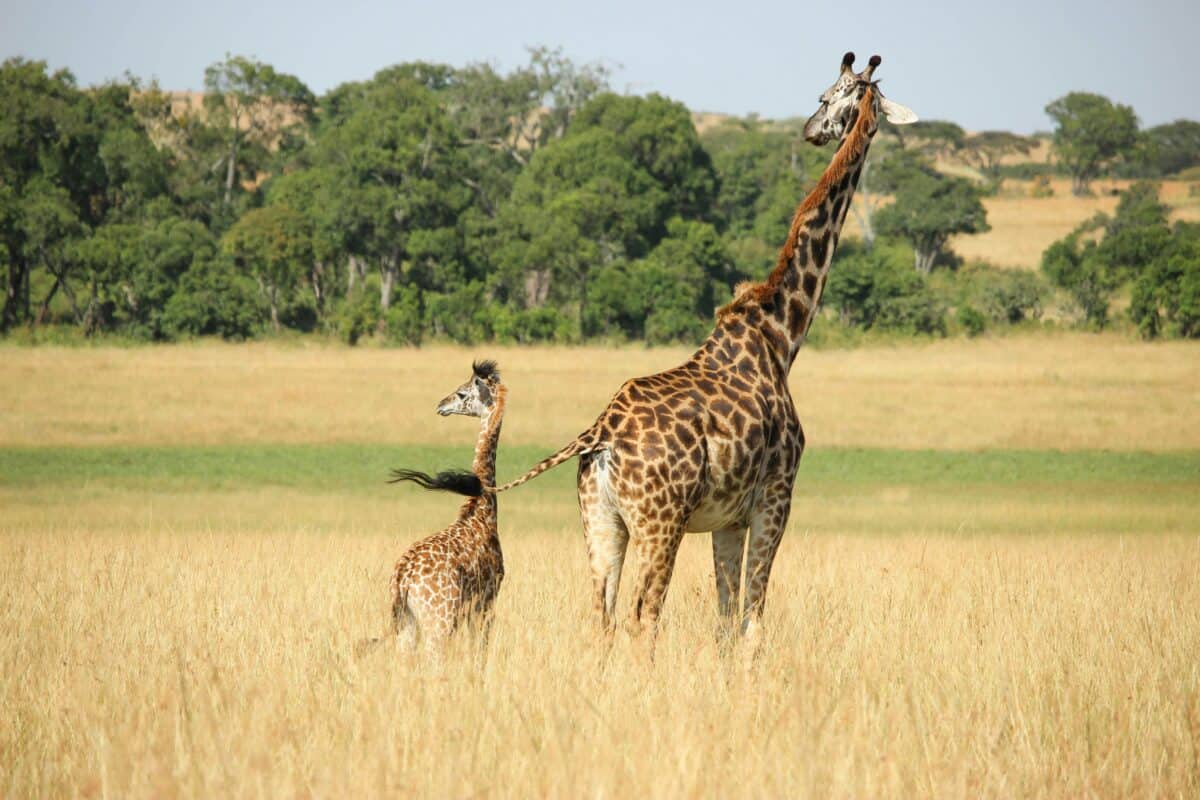
Giraffe calves are introduced to the world with a fall, but they quickly stand up to nurse from their mothers. Mother’s milk is their initial diet, with calves starting to experiment with leaves within a few weeks, preparing for their adult diet of foliage.
#5 Lion Cub
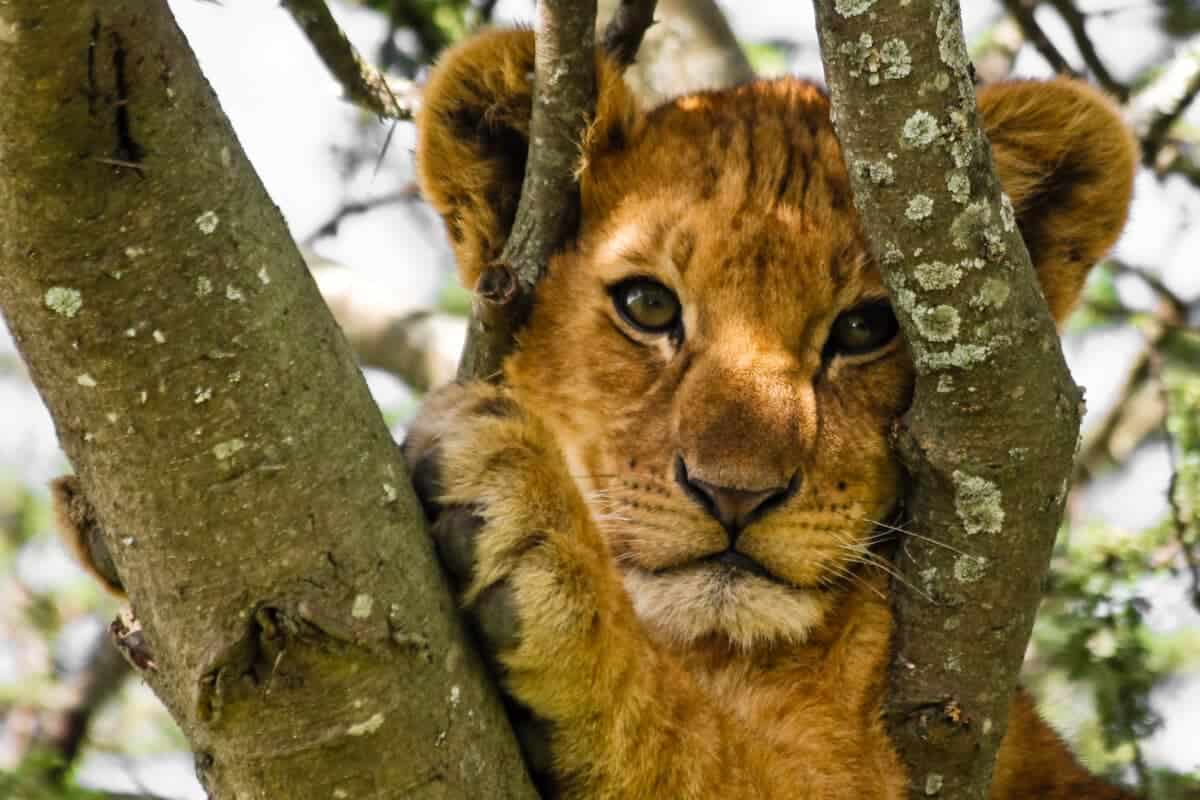
Lion cubs start their journey with around six months of nursing. They’re then gradually introduced to meat, the staple of their carnivorous diet. Through participation in hunts with the pride they learn the essential hunting skills needed for survival.
#6 Dolphin Calf
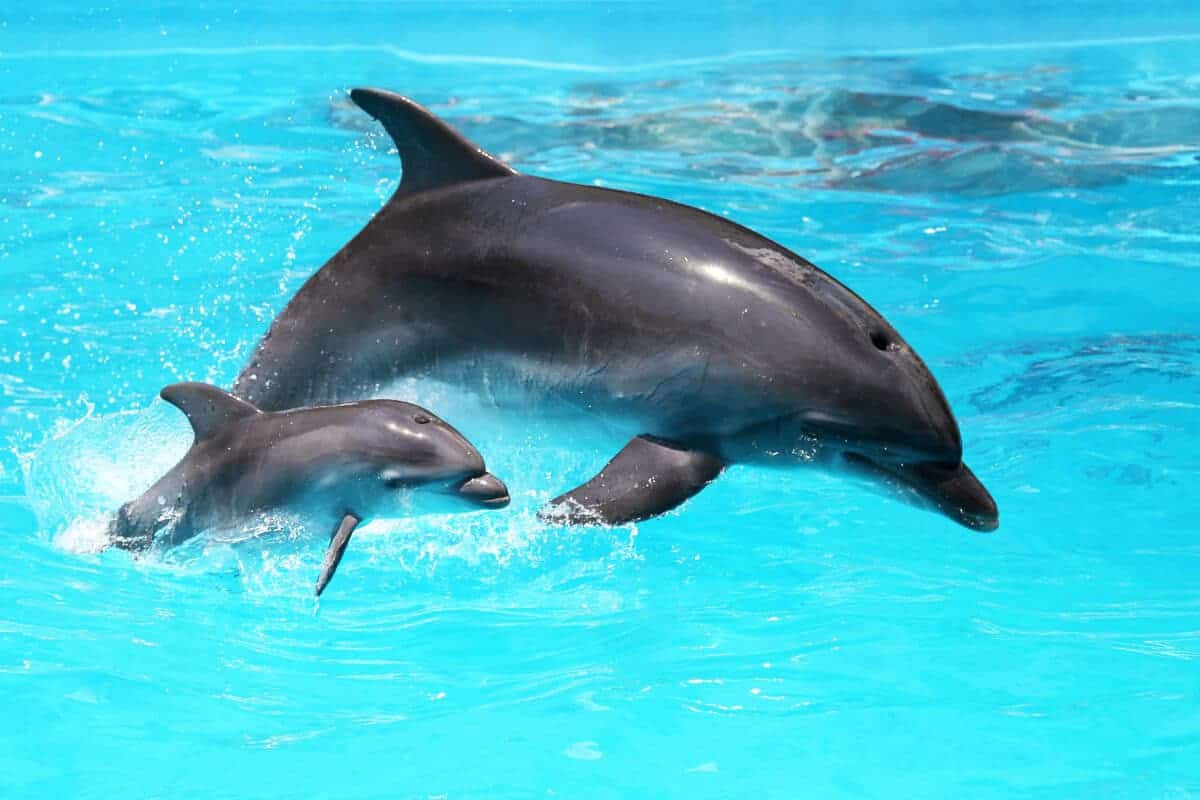
Dolphin calves thrive on their mother’s milk for up to 2 years, which is not usually seen among marine residents. But remember – dolphins are in fact mammals!
During this time, they learn the complex skills of hunting fish and other sea creatures, essential for their life in the ocean.
#7 Polar Bear Cub
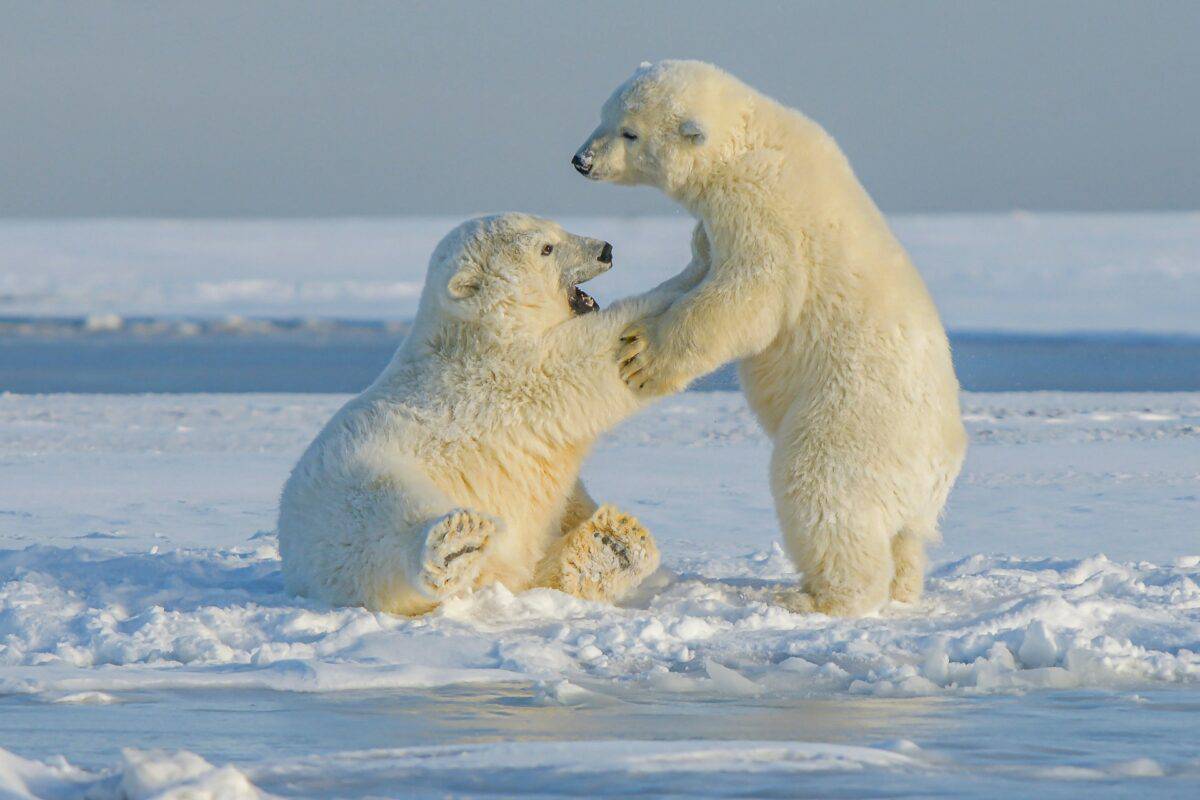
Sheltered in a den during the harshest winter months, polar bear cubs nurse on their mother’s fat-rich milk. This diet jumpstarts their growth before they embark on the journey to learn hunting skills for seals, a polar bear’s absolute favorite food.
#8 Hedgehog Kit
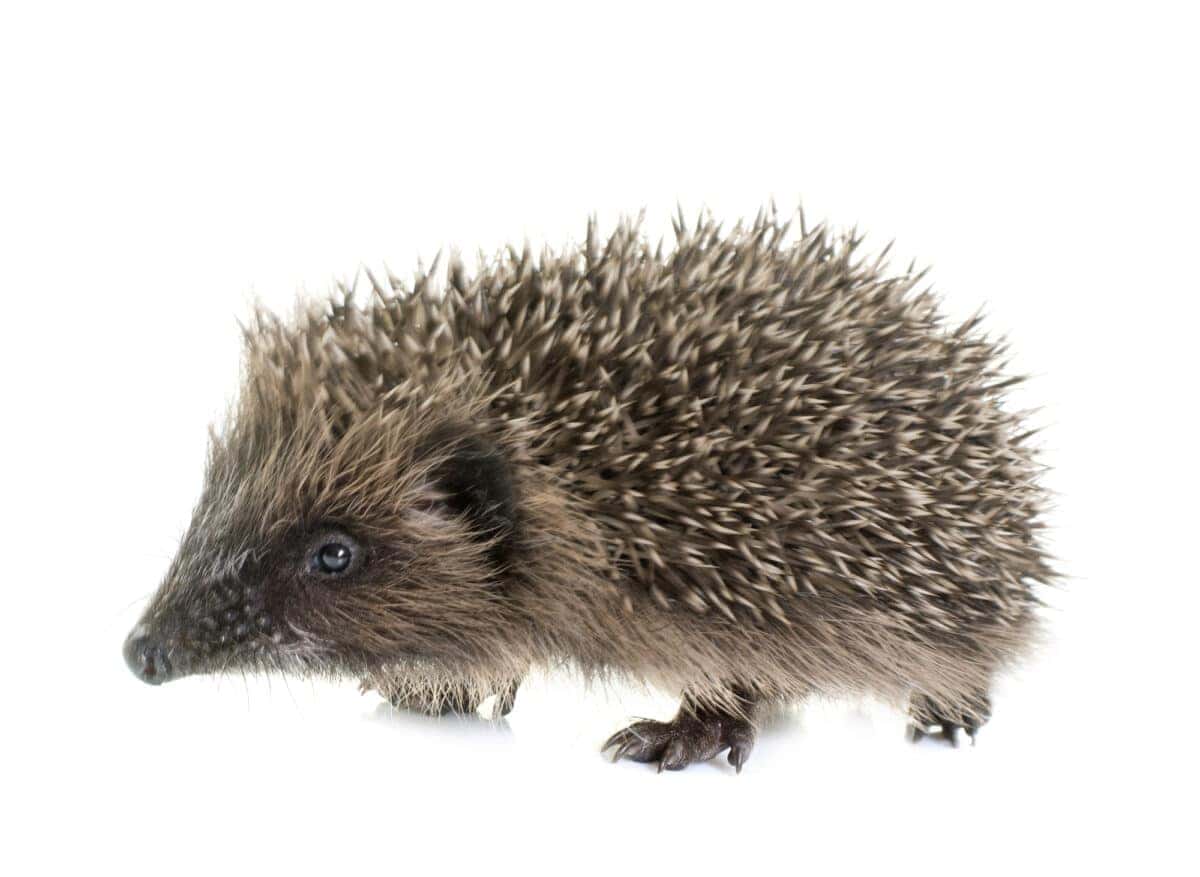
Hedgehog kits are nurtured on their mother’s milk before they’re introduced to a diet of insects. This transition prepares them for their insectivorous lifestyle, crucial for their survival in the wild.
#9 Rabbit Kit

Within the safety of their burrows, rabbit kits nurse briefly before quickly transitioning to solid food. Their diet includes hay, vegetables, and pellets, mimicking the herbivorous diet they will maintain throughout their lives.
#10 Koala Joey
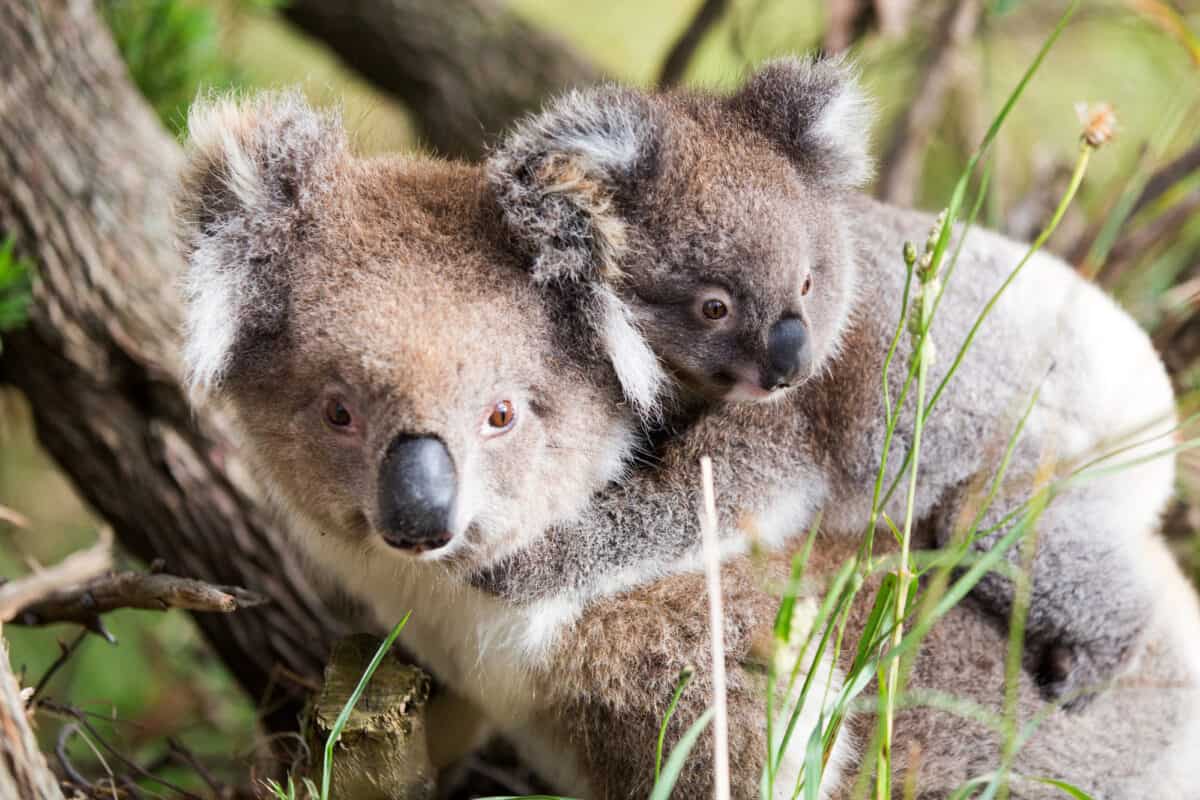
Koala joeys are unique in their dietary transition. After nursing, they consume ‘pap’—a special form of their mother’s feces that prepares their gut for digesting eucalyptus leaves.
Once their mom deems them ready, the koala joey (or teenager by now) begins to eat eucalyptus leaves, the sole thing they’ll eat for the rest of their lives.
#11 Swan Cygnet
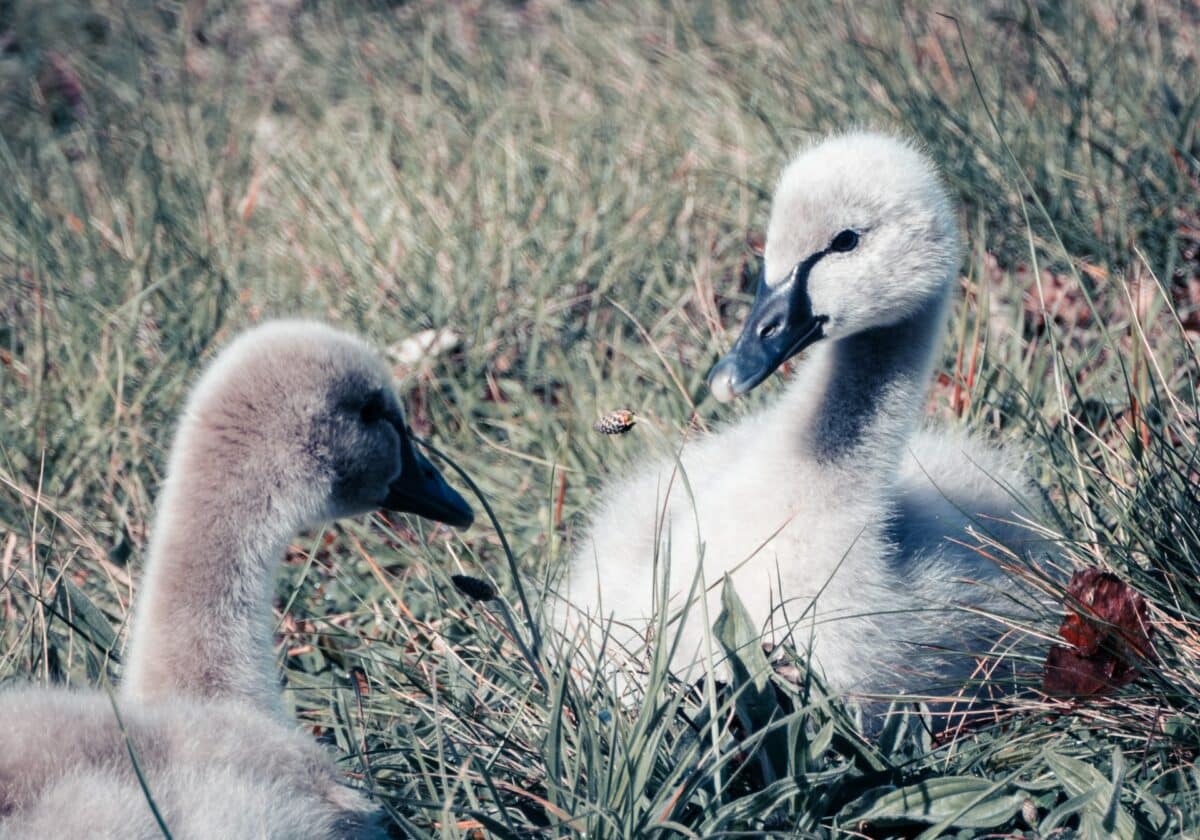
Swan cygnets forage alongside their parents from the start. They mimic their parents and eat aquatic plants, small insects, and algae. This diet supports their growth into the majestic birds synonymous with grace and beauty.
#12 Owl Owlet
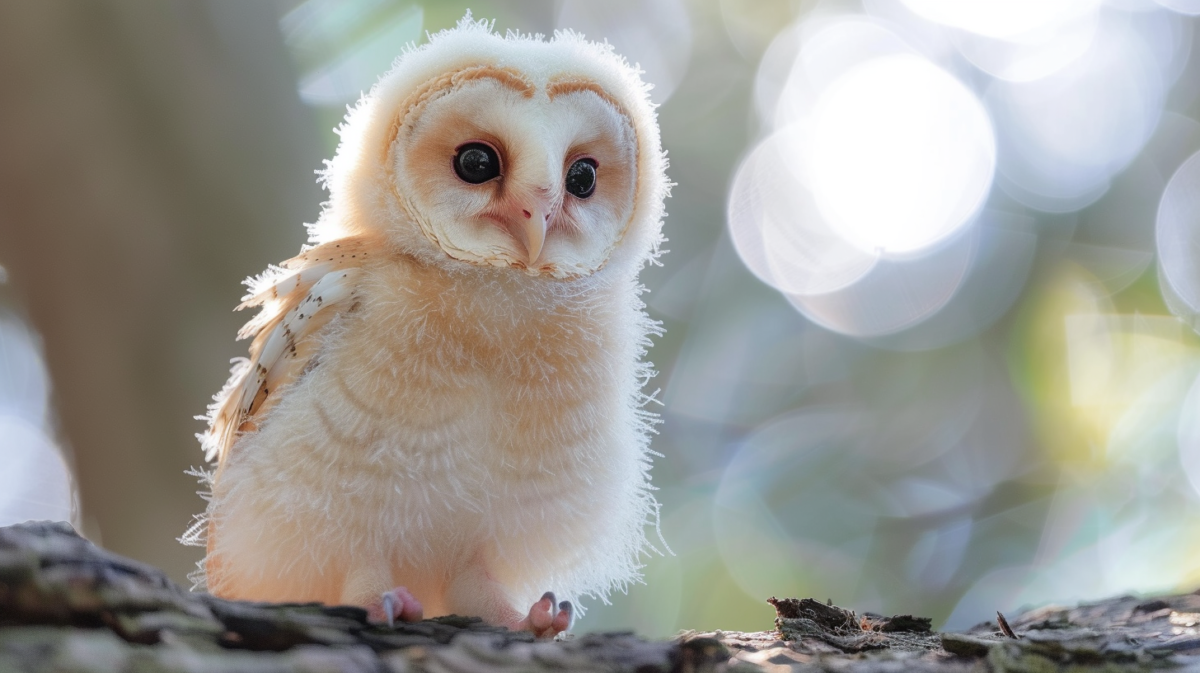
Owl owlets rely on their parents for food, consuming regurgitated insects and small mammals. This diet is essential for their development into effective nocturnal hunters.
#13 Butterfly Caterpillar
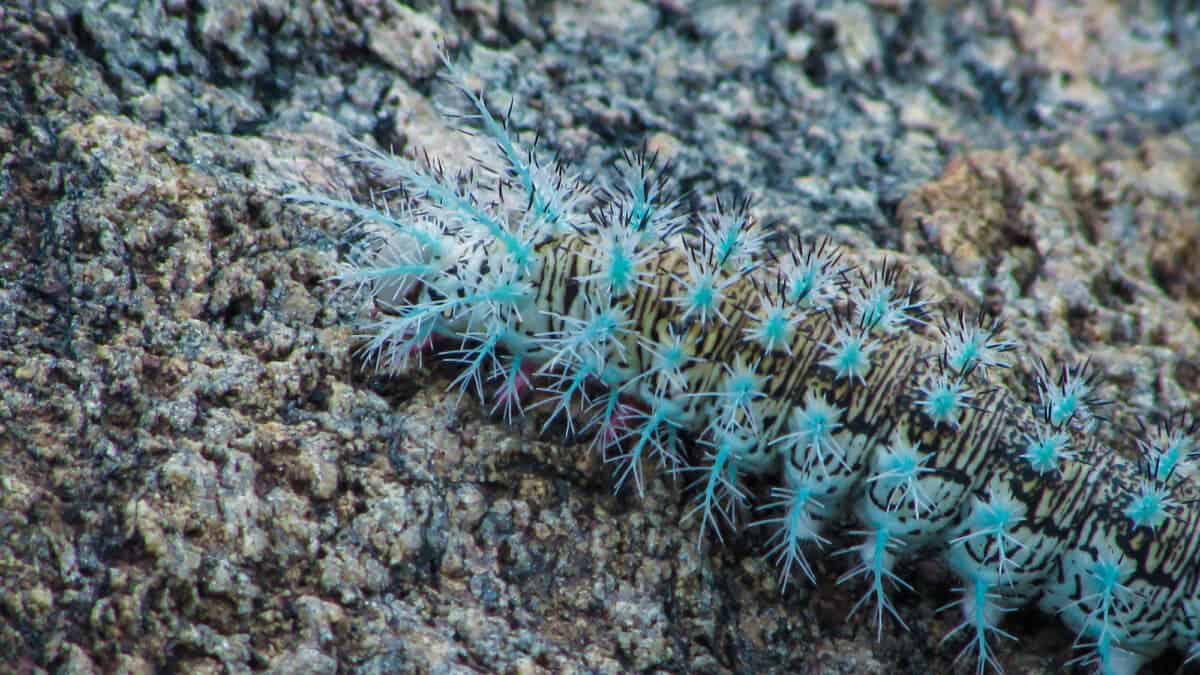
The diet of a butterfly starts in the caterpillar stage, feeding voraciously on the leaves of specific host plants. This stage is crucial for accumulating energy for metamorphosis into a butterfly.
#14 Sea Turtle Hatchling
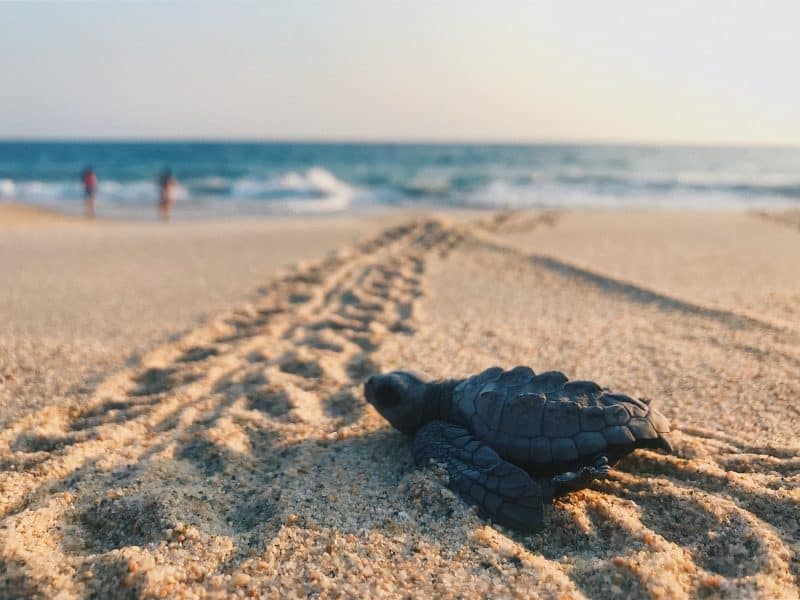
After hatching, sea turtle hatchlings make their way to the ocean, where they feed on seaweed and small invertebrates. Impressively enough, they’re independent right from the get-go (but which sadly also means that the survival rate of turtle hatchlings isn’t ver high.)
#15 Deer Fawn
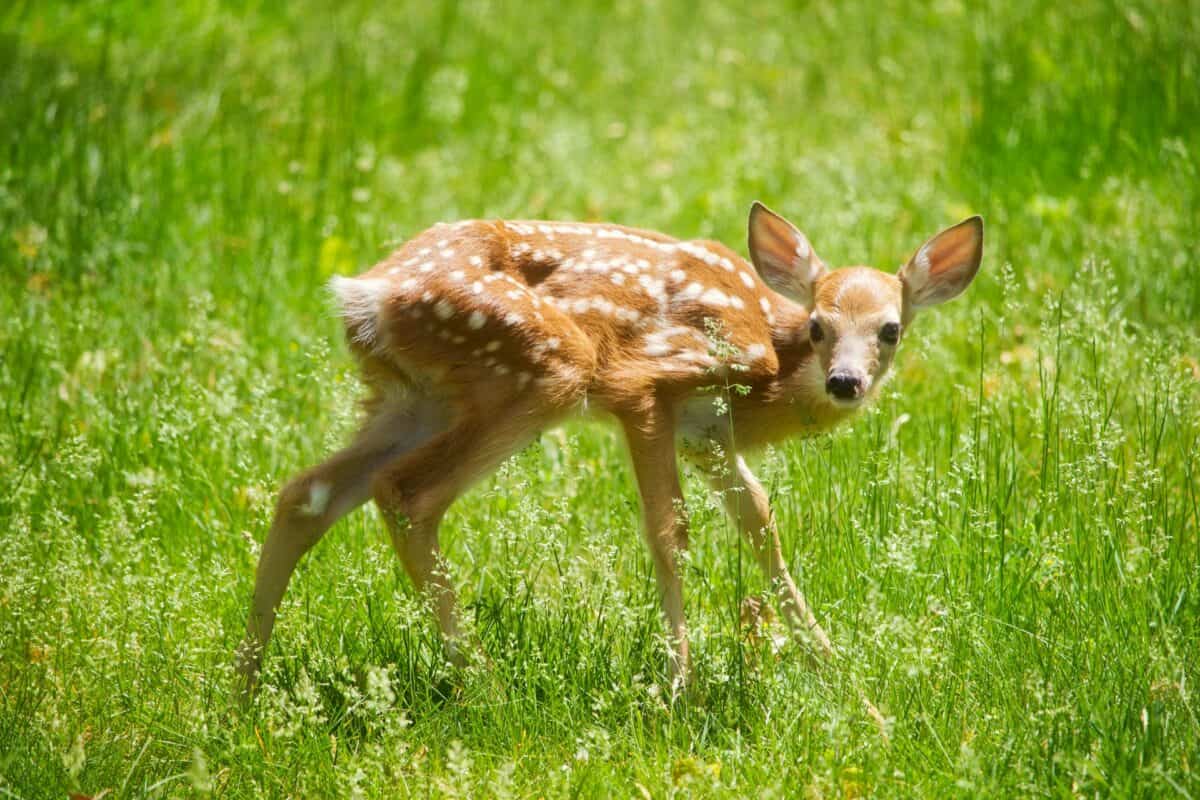
Hidden in foliage by their mothers, deer fawns nurse initially but soon start to graze on grasses and leaves. This diet helps them grow rapidly, preparing them for independence.
#16 Fox Kit
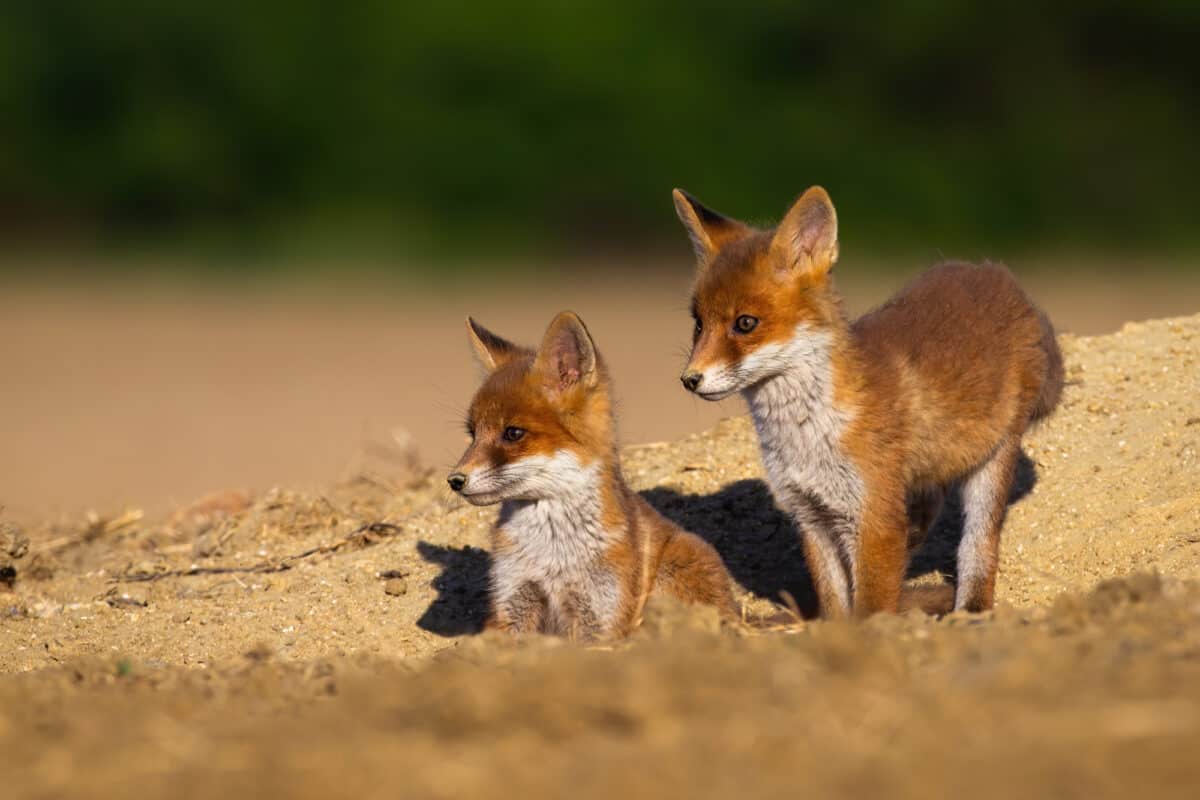
Fox kits are born blind and dependent, nursing from their mother before transitioning to a diet of small mammals, fruits, and berries. This varied diet is crucial for their development into versatile and opportunistic hunters.
#17 Horse Foal
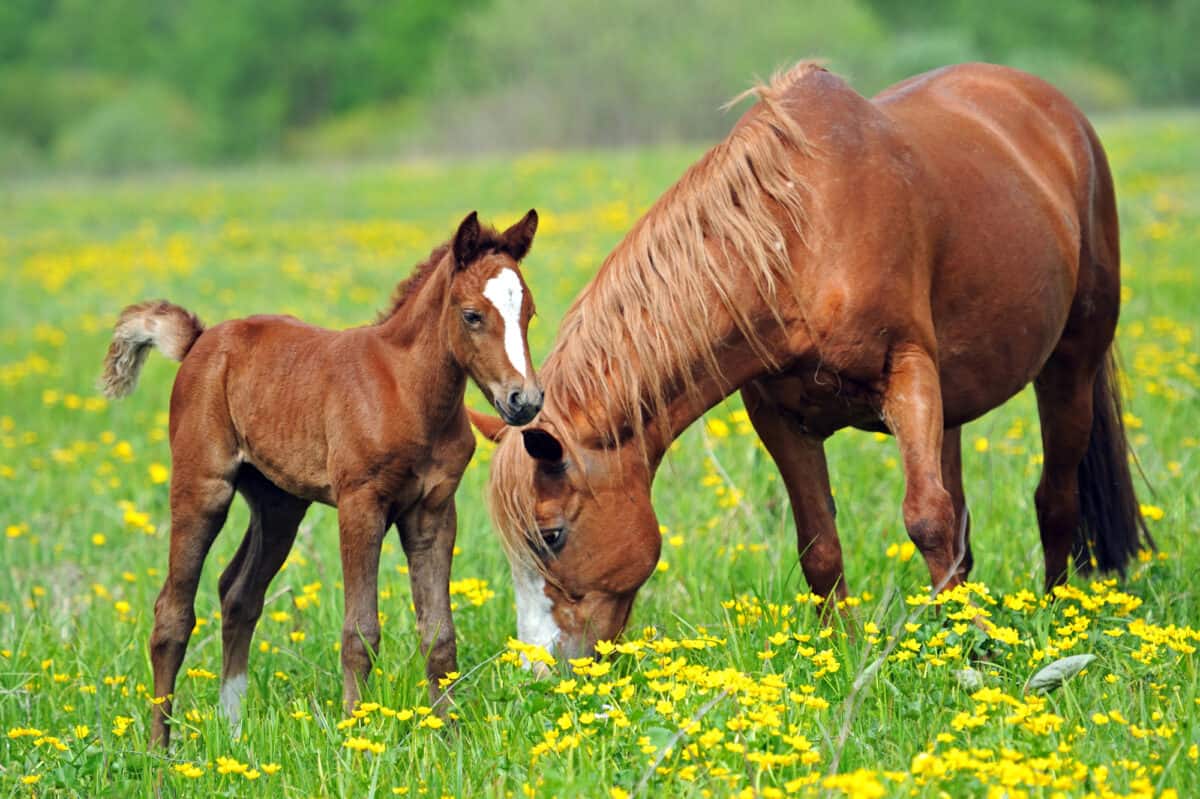
Horse foals stand and nurse within hours of birth, relying on their mother’s milk before gradually being introduced to grass and grains. This diet supports their growth into strong, majestic animals.
#18 Goat Kid
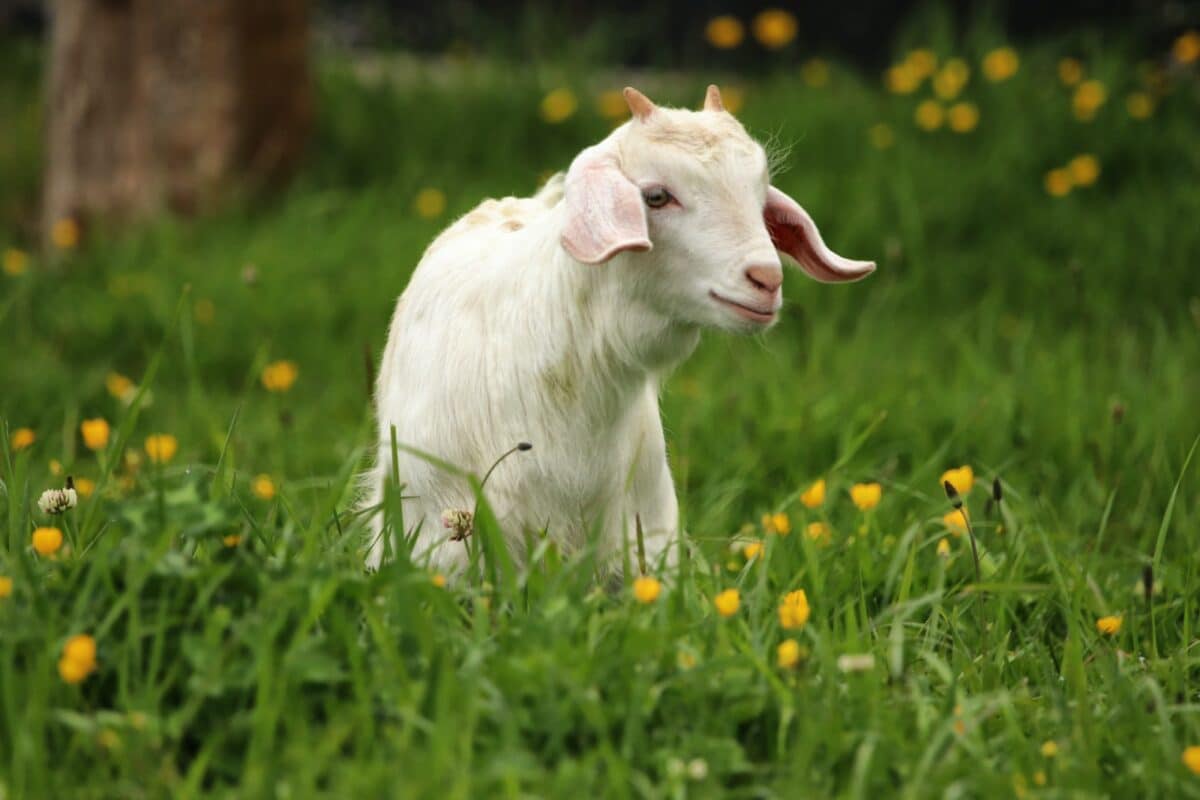
In the world of farm animals, goat kids start with their mother’s milk, moving on to hay, grains, and vegetation. This diet prepares them for their role as versatile farm animals or pets.
#19 Sheep Lamb
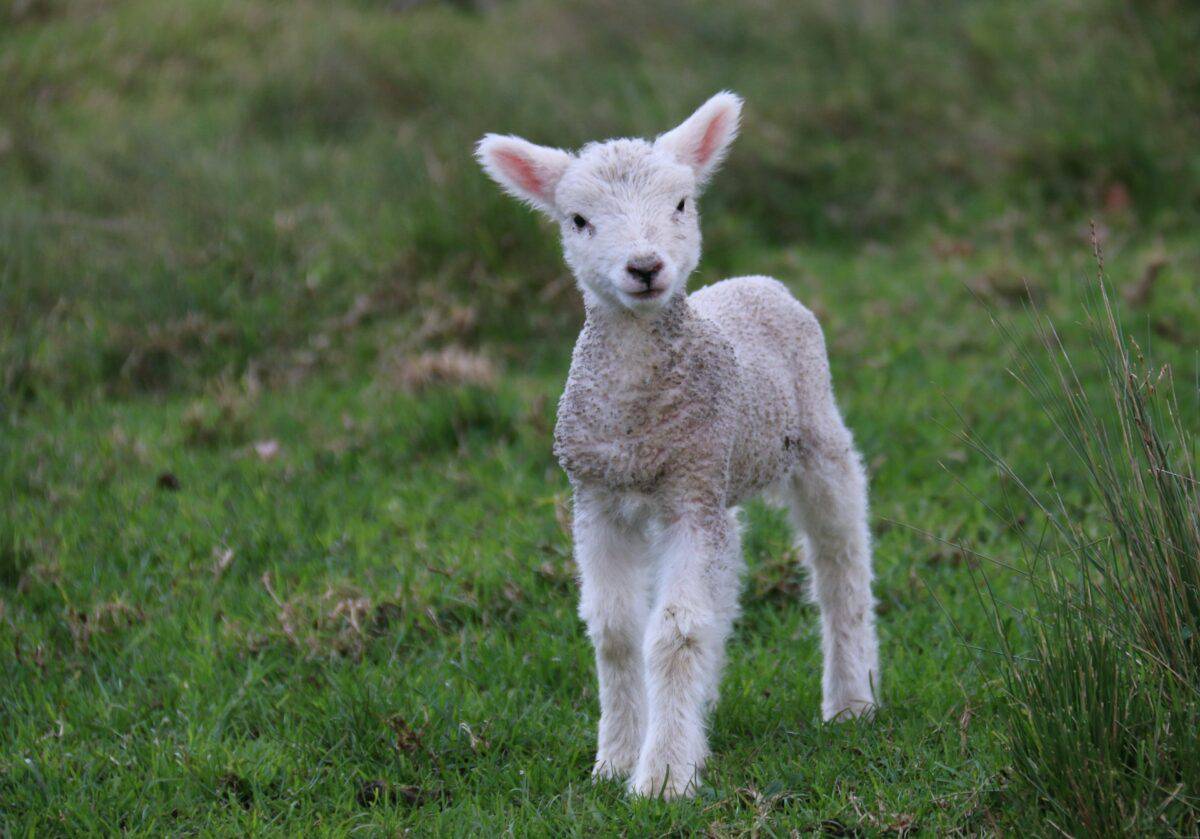
Sheep lambs nurse on their mother’s milk before they begin grazing on grass. This transition is essential for their development into healthy sheep who can produce the best wool.
#20 Chicken Chick
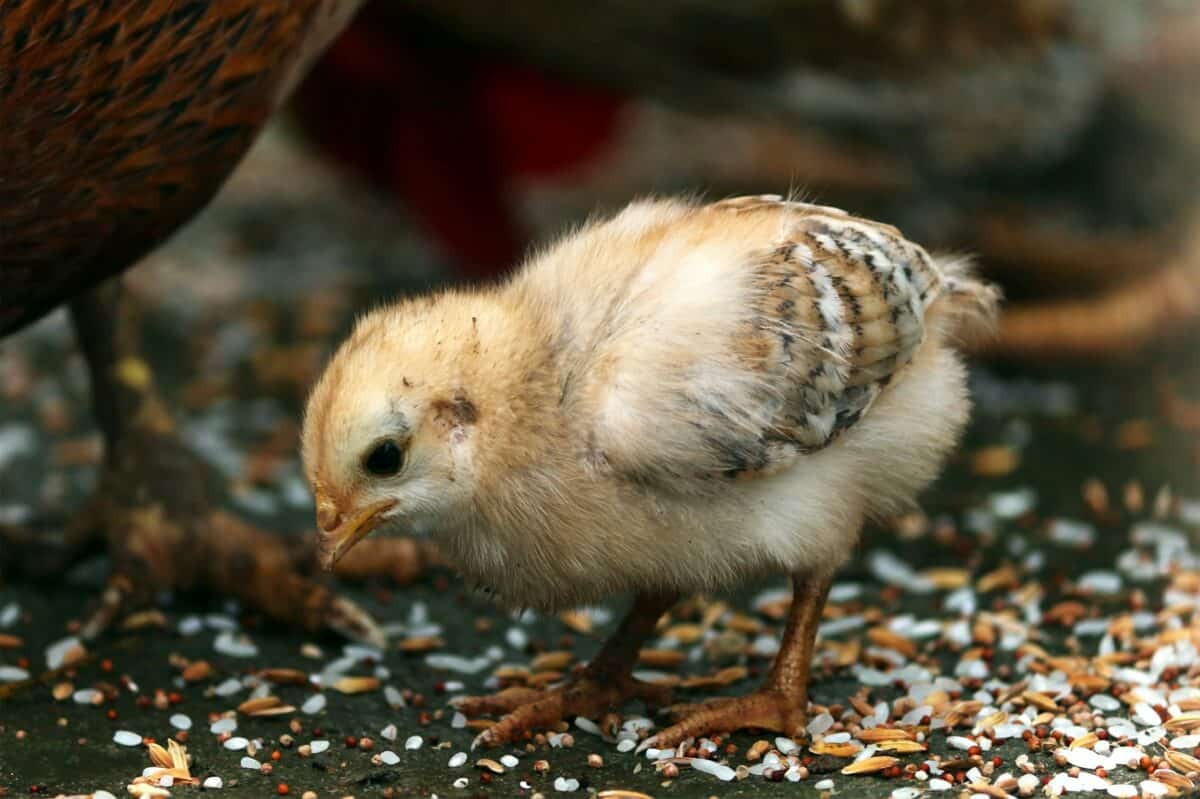
Chicks start life with a high-protein diet from starter feed, consisting of grains and seeds. This diet supports their rapid growth into egg-laying hens or meat chickens.
#21 Duck Duckling
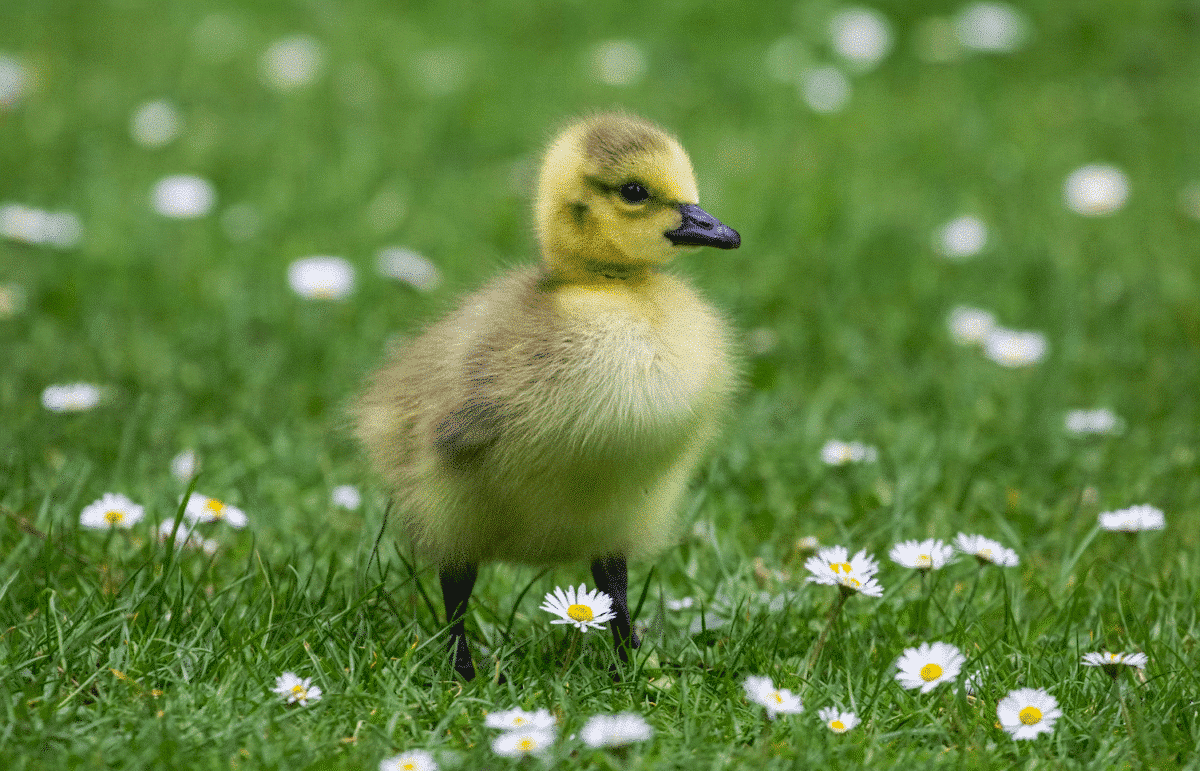
From the moment they hatch, ducklings are equipped to start feeding under the guidance of their mother.
They start by eating various insects and water plants. As they grow, ducklings might start catching small fish and amphibians, which introduces more protein and essential fatty acids to their diet.
#22 Squirrel Pup
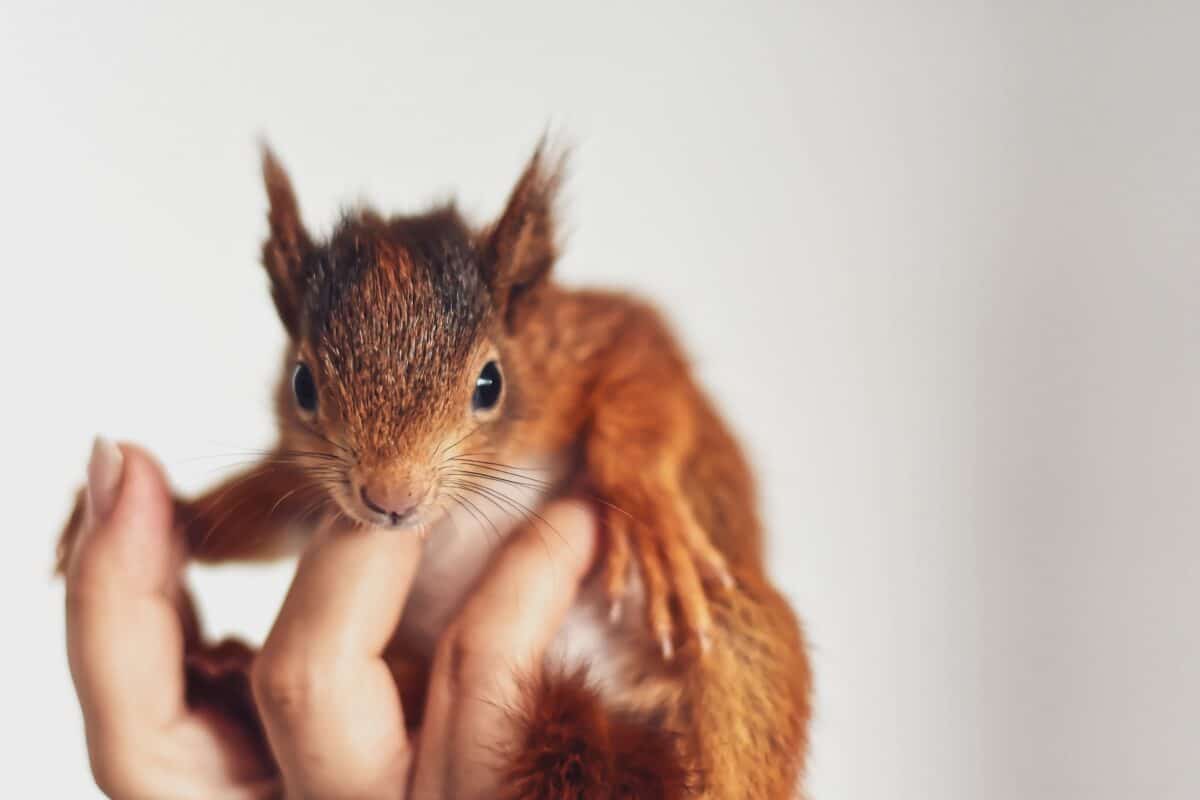
Squirrel pups are initially dependent on their mother’s milk, but they soon start to eat nuts, seeds, and fruits.
It’s crucial for baby squirrels to receive a balanced diet that promotes healthy growth and aids in the development of their teeth and digestive system, preparing them for independent life in the wild.
#23 Bat Pup
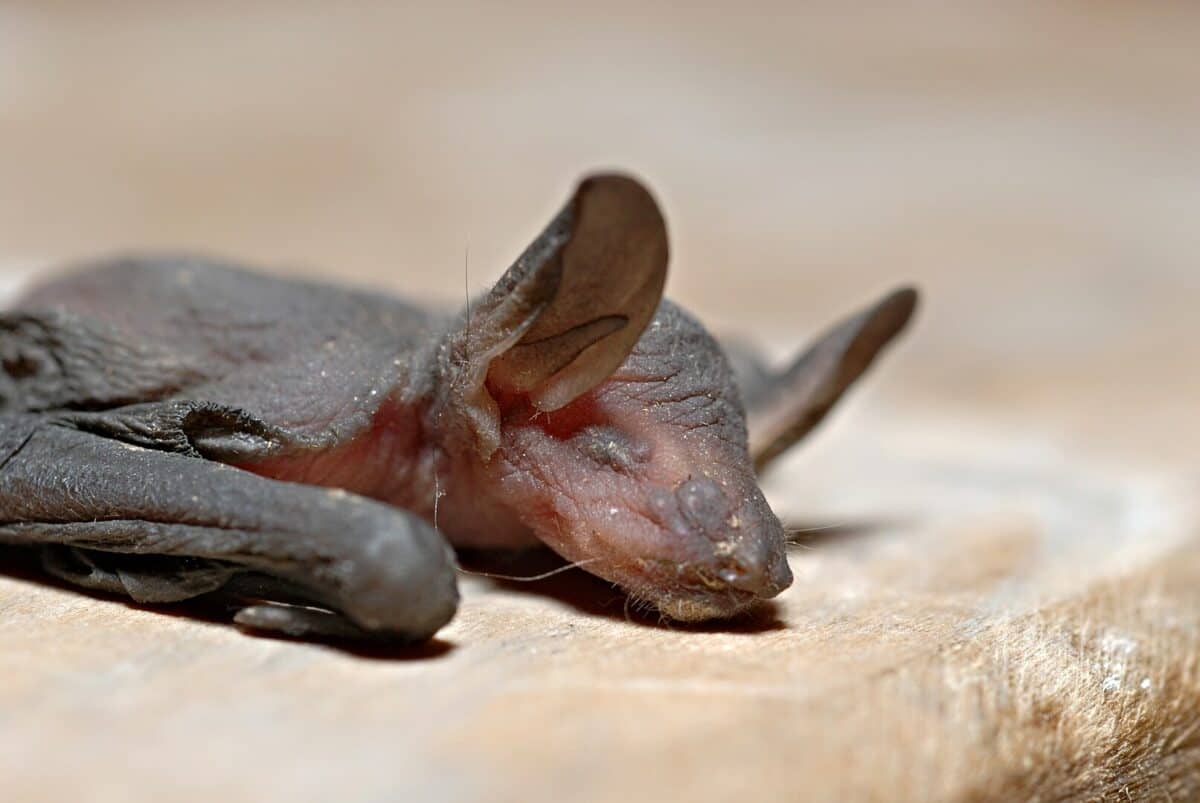
Bat pups nurse from their mothers until they learn to fly and catch insects.
When they mature, they transition to an adult diet, learning to hunt insects or, for some species, feed on fruit, nectar, or even blood, depending on their specific dietary habits.
#24 Penguin Chick
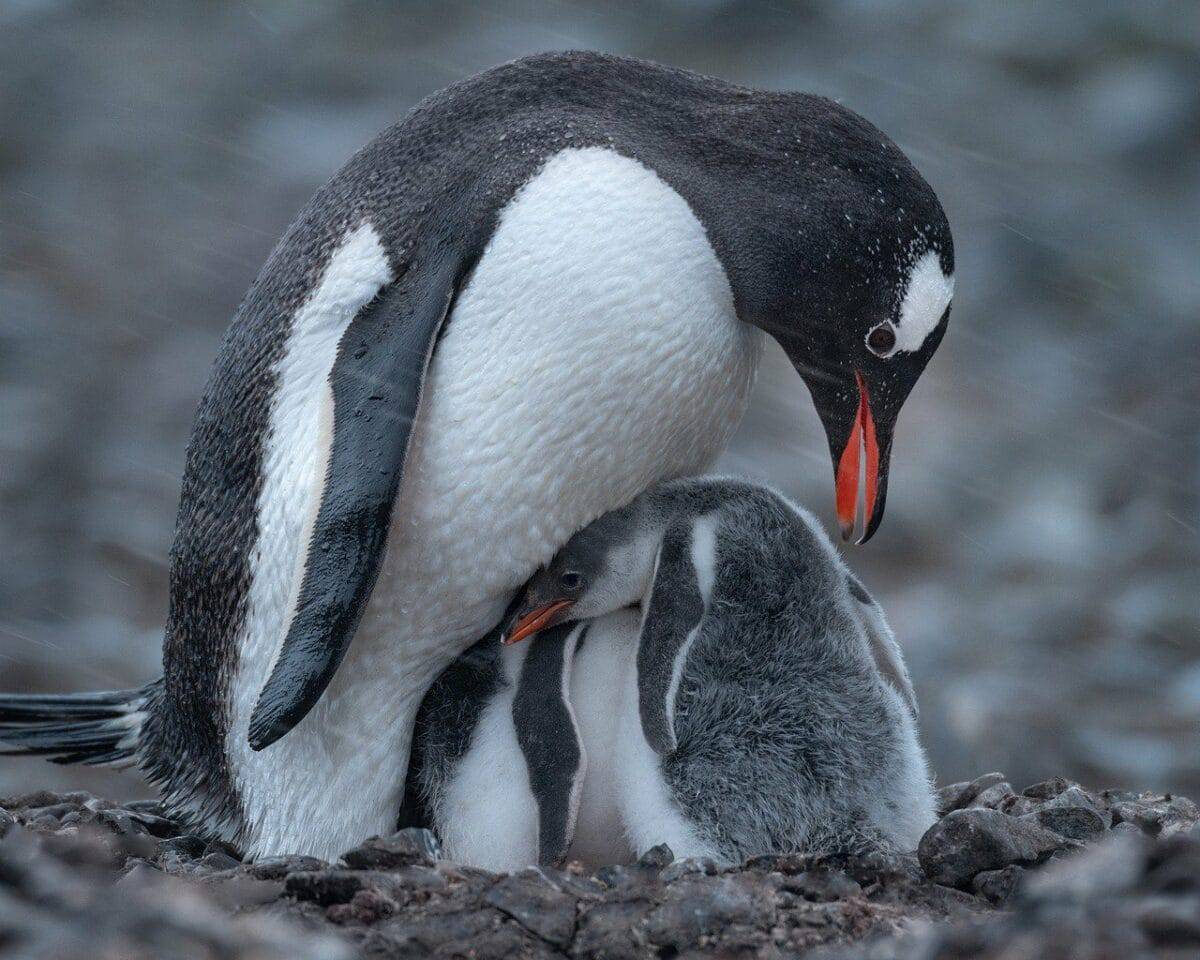
In the cold climates they inhabit, penguin chicks rely on regurgitated fish and krill from their parents. This nutrient-rich diet is vital for their survival and growth in harsh conditions.
#25 Zebra Foal
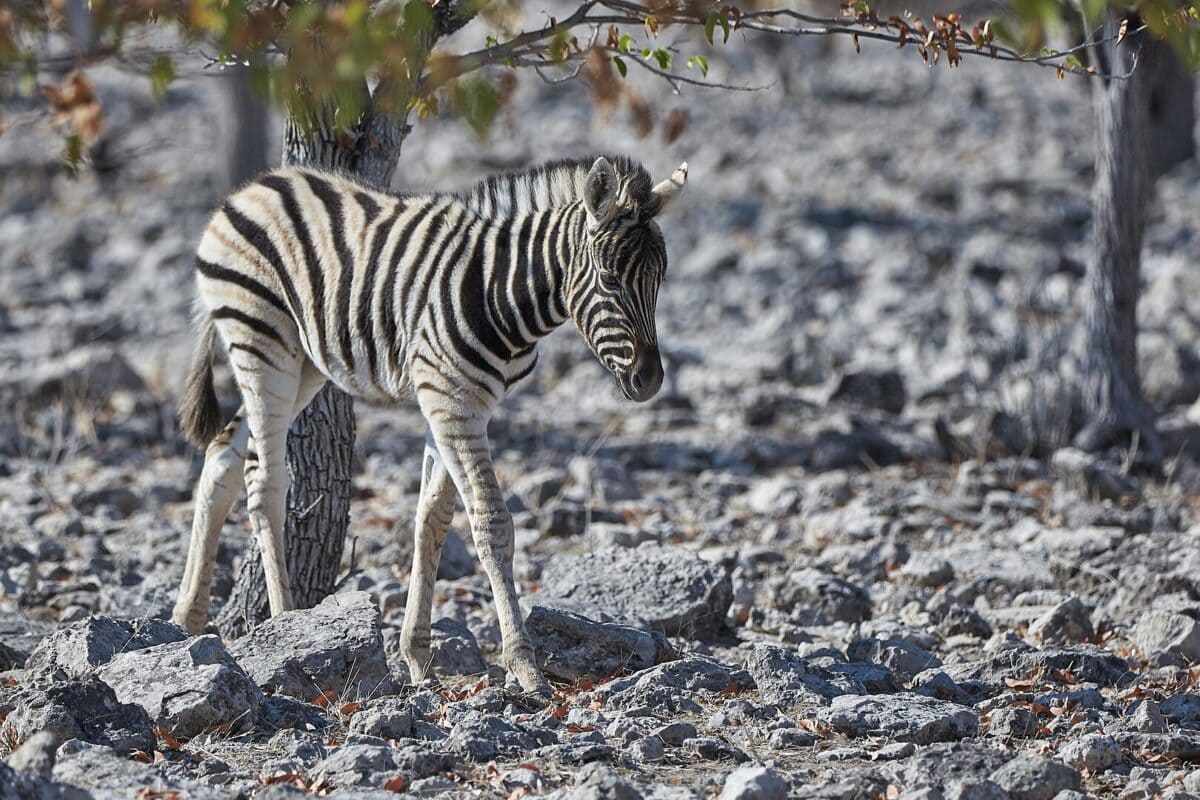
Baby zebras begin their life by nursing on their mother’s milk, which is vital for their growth and immune system. As they grow, typically starting around three months, they gradually incorporate grass and other vegetation into their diet
#26 Tiger Cub
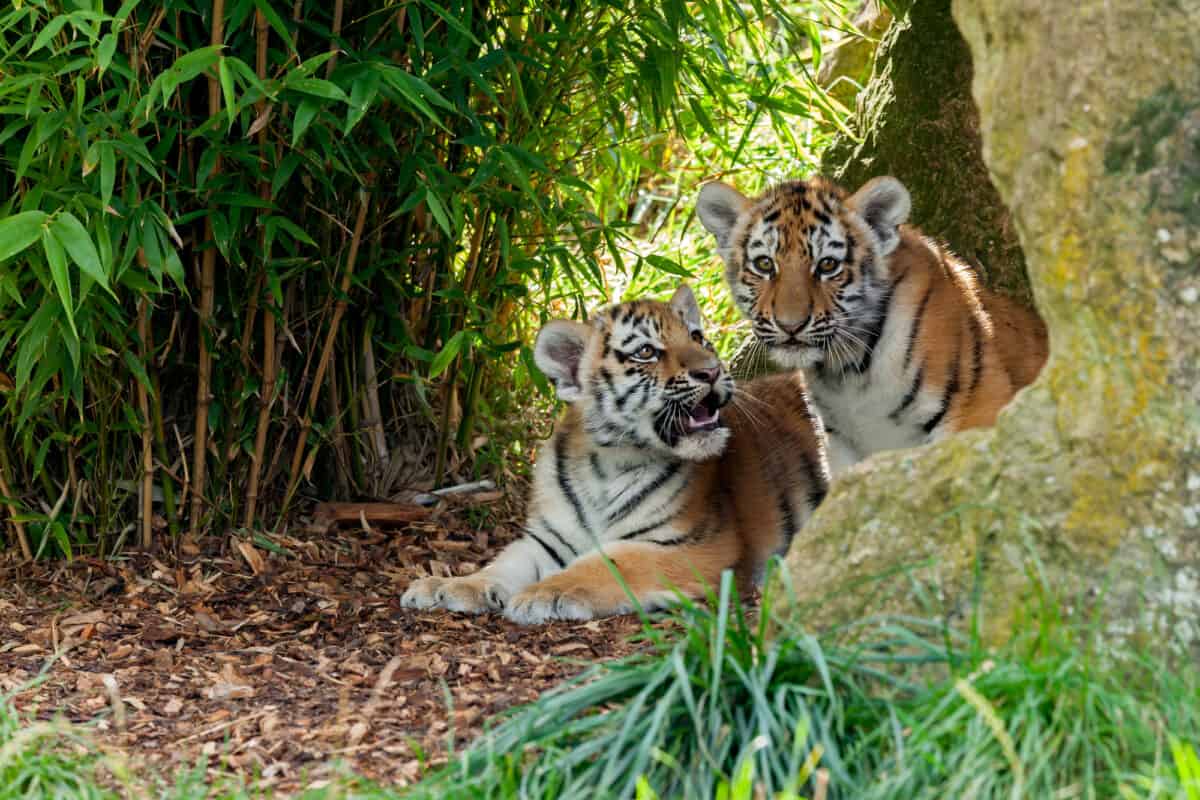
Tiger cubs are nursed on their mother’s milk before being introduced to meat around 8 weeks old. This diet is essential for their growth into apex predators of their habitats.
#27 Wolf Pup
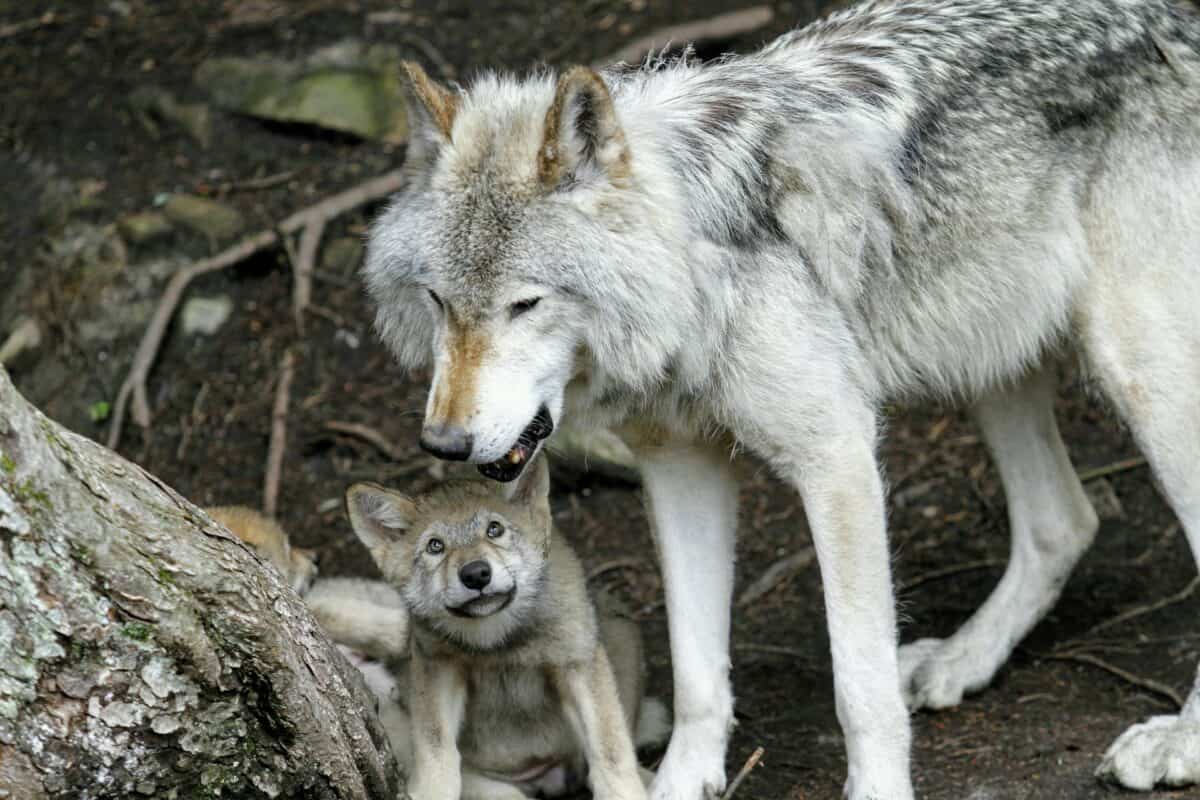
Wolf pups start with their mother’s milk, moving on to regurgitated meat from pack members. This communal feeding supports their development into cooperative hunters.
#28 Orangutan Baby

Orangutan babies are highly dependent, nursing for several years while learning to forage for fruit, leaves, and bark. This prolonged period of parental care is crucial for their survival in the rainforest.
#29 Hippo Calf
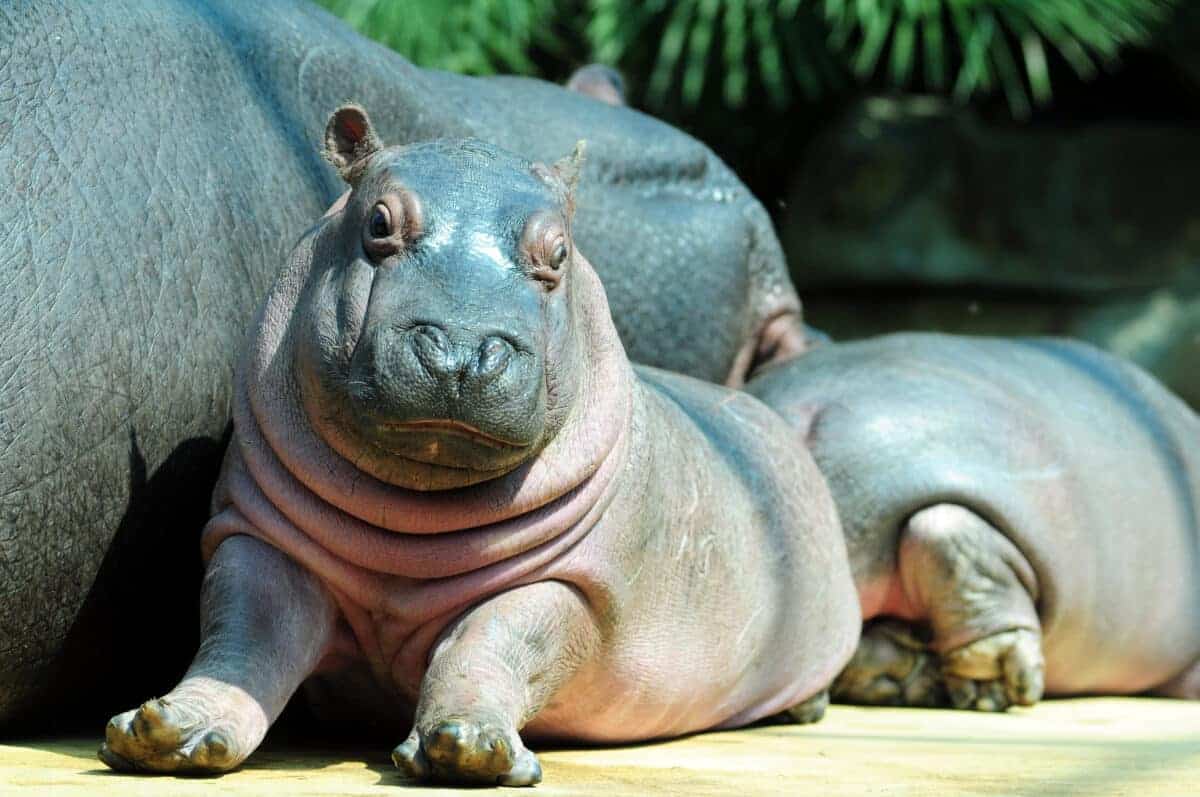
Hippo calves are unique in nursing underwater from their mothers before starting to eat grass. This diet supports their growth into the large, mostly herbivorous mammals they become.
#30 Crocodile Hatchling
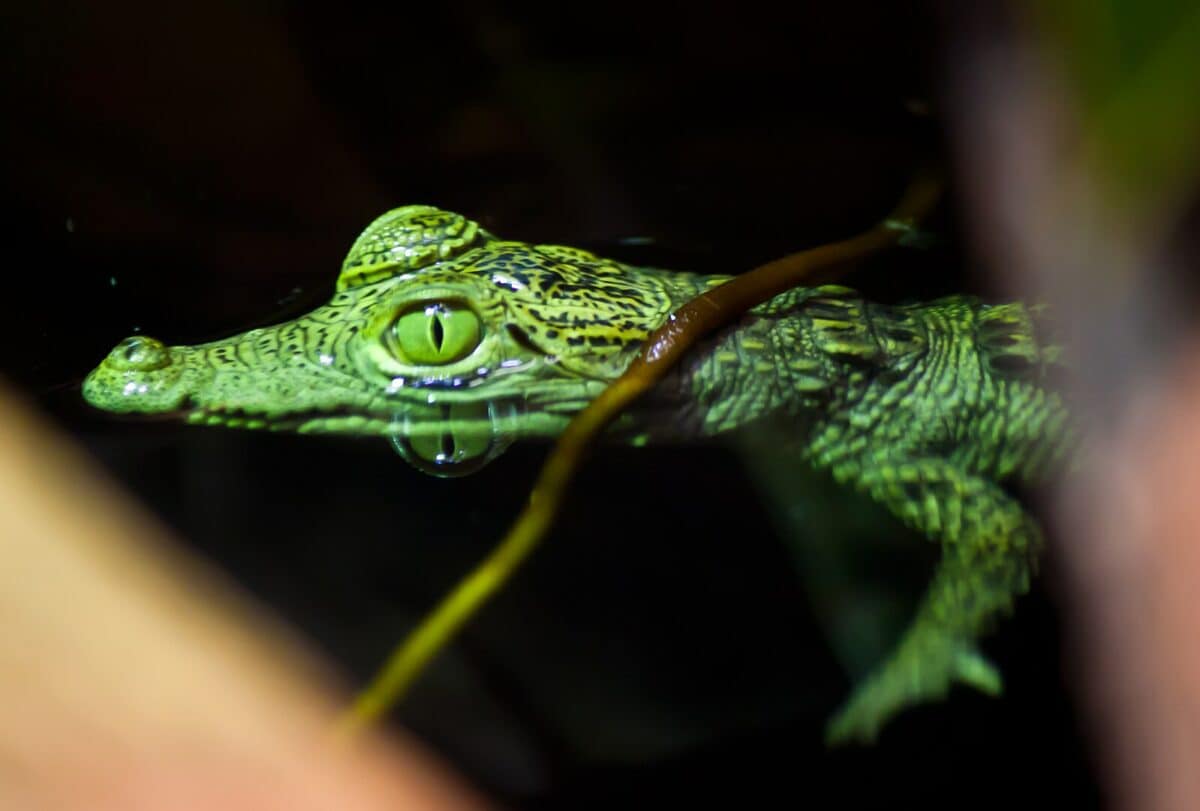
Crocodile hatchlings eat small fish, insects, and water-dwelling invertebrates. This carnivorous diet is essential for their growth into formidable predators.
#31 Parrot Chick
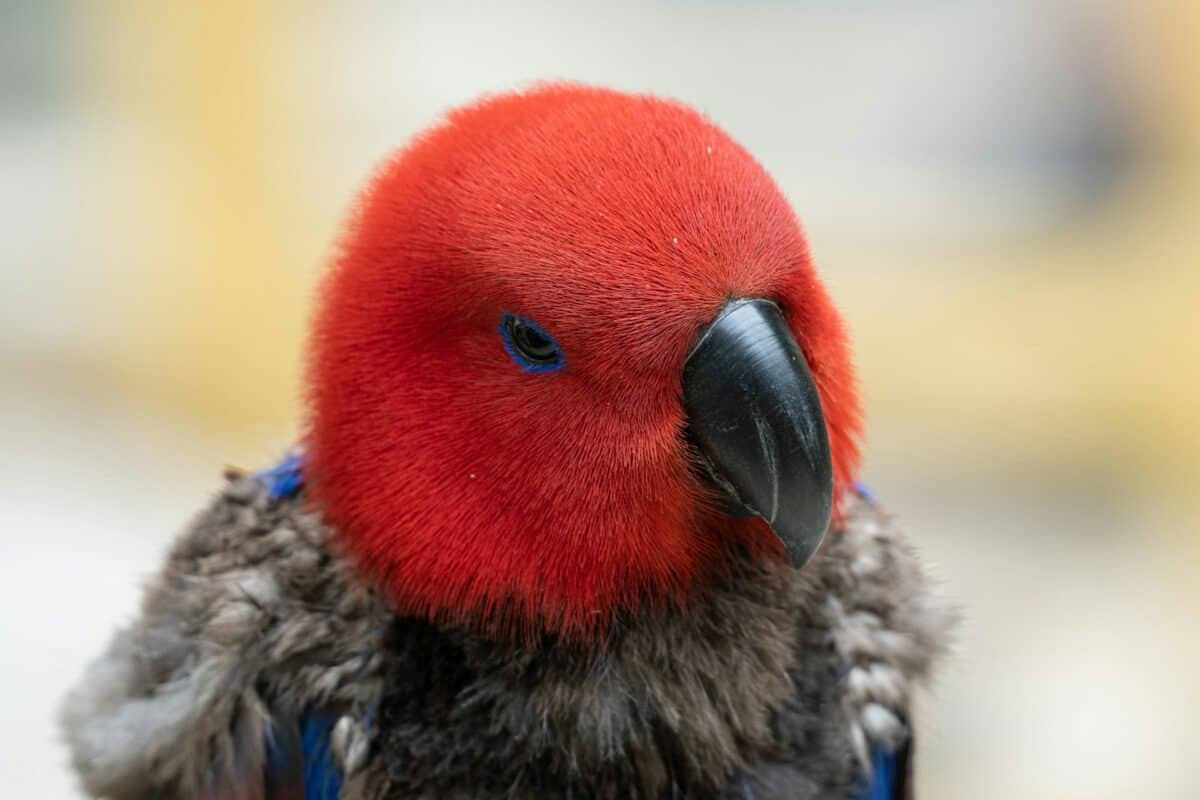
Parrot chicks are fed regurgitated seeds, fruits, and nectar by their parents. This diet, rich in vitamins and minerals, is critical in the early stages of their development until they are ready to start experimenting with solid food on their own.
#32 Beaver Kit
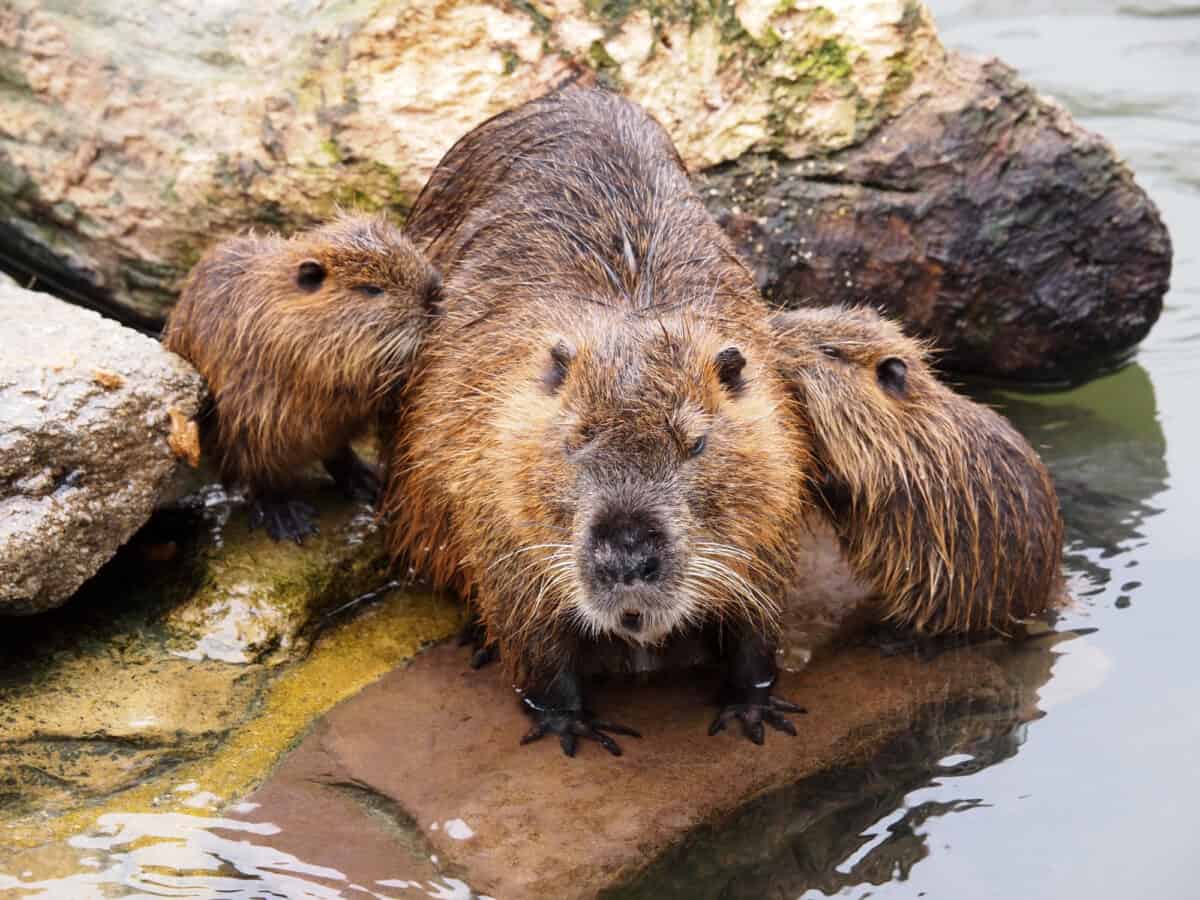
Beaver kits nurse initially, then move on to aquatic plants, bark, and twigs. This diet prepares them for their life as builders, using these materials to construct dams and lodges.
Baby Animals and What They Eat: Wrapping Up
Isn’t it incredible how all of these animals have evolved and adapted to diets that reflect their habitat? But not only that, it also highlights the power of paternal instincts and the lengths the parents of some of these animals will go to to make sure that their babies are well-fed and happy.
Thank you for reading this article about these 32 baby animals and what they eat! Let us know in the comments which animal you find the cutest.
For similar reading, take a look at these posts:
- 36 Incredible Animals From Alaska
- Meet The 10 Most Popular Animals Of Oregon
- 15 Points about Charlotte, the Virgin and Pregnant Stingray
Join our Forum for free today!

- Signs Of Coyotes Visiting Your Property - July 23, 2024
- Beware Of The Rabid Wolf Spider In The United States - July 23, 2024
- 12 Flowers & The Beautiful Birds They’ll Attract To Your Yard - July 23, 2024

